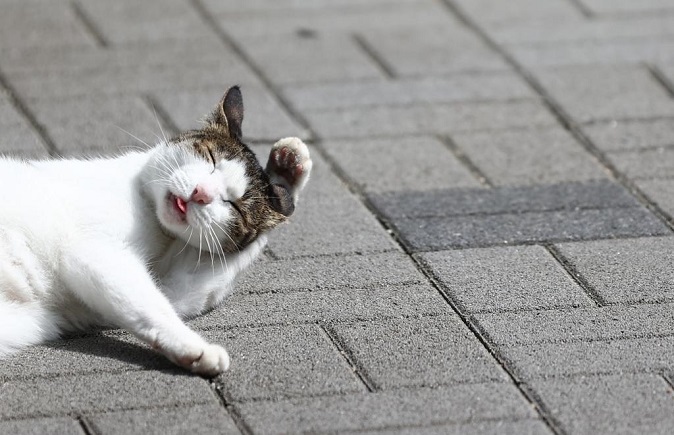SEOUL, Feb. 14 (Korea Bizwire) — Public opinion continues to stay divided over how to deal with stray cats, most likely due to the lack of a reasonable basis for arguments made by all contending parties.
For starters, how many stray cats are there?
The question remains unanswered, with only estimations of those living in metropolitan cities.
Authorities and the media argue that there are approximately 1 million stray cats in the country but there is no evidence to support this estimate.
The Ministry of Agriculture, Food and Rural Affairs estimated that there were 677,050-689,731 stray cats in seven metropolitan cities in the country including Seoul in 2021, for an average of around 150 stray cats per square kilometer.
In residential areas, however, the population density of stray cats exceeded the average.
In ordinary residential areas, some 176 cats lived per square kilometer. In exclusive residential areas, the number grew to 285 per square kilometer, while close to 270 cats per square kilometer were reported to be living in semi-residential areas.
Do stray cats hurt the ecosystem? For now, the answer seems to lean towards ‘yes’.
The International Union for Conservation of Nature (IUCN), for one, listed cats as the world’s worst invasive alien species.
For cats, however, it is only natural that they engage in hunting and predator activity as part of the ecosystem.
In other words, the absolute population of the animals that are being hunted by cats should not be the standard by which the level of damage to the ecosystem incurred by cats is measured.
Instead, one must see if the population has breached ‘natural standards’ and, if so, by how much.
Studies on the environmental impact in South Korea resulting from cats, however, are lacking.
Since there are only approximations as to how many stray cats there are in the country, the question of whether the environmental impact brought by cats has exceeded natural standards remains unanswered.
Lina Jang (linajang@koreabizwire.com)







